

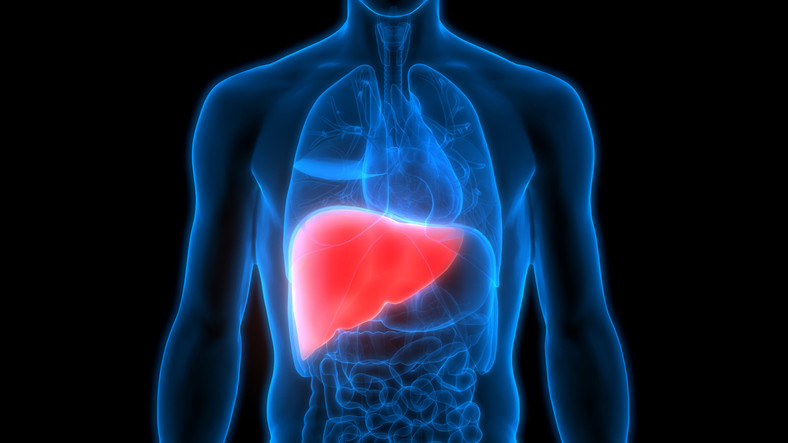
Liver disease can progress quietly, showing little to no symptoms until serious damage has occurred. That’s why recognizing early warning signs is essential for timely intervention. Common symptoms include fatigue, loss of appetite, nausea, and abdominal pain or swelling. Yellowing of the skin or eyes (jaundice), dark urine, and pale stools may also indicate liver dysfunction. Other signs such as itchy skin, easy bruising, swelling in the legs or ankles, and confusion or difficulty concentrating could point to compromised liver function. These 12 symptoms may appear mild at first but should not be ignored. Spotting them early can lead to quicker diagnosis and better treatment outcomes.
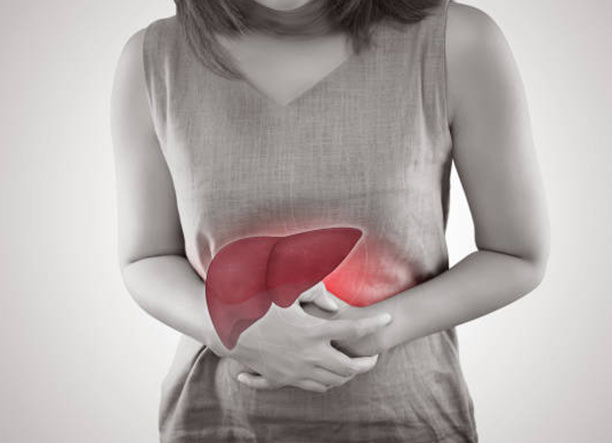
The most common include hepatitis (inflammation caused by viruses like hepatitis A, B, or C), alcoholic liver disease, non-alcoholic fatty liver disease (NAFLD), and cirrhosis. NAFLD is becoming increasingly prevalent due to rising obesity and metabolic syndrome rates. It's important to understand the type of liver disease to determine the most effective treatment approach.
Chronic liver disease often develops gradually, which makes early detection challenging. People might not seek medical attention until the disease has significantly advanced. That's why regular screening and blood tests are recommended, especially for individuals at higher risk due to lifestyle choices, family history, or underlying health conditions like diabetes.
Excessive alcohol consumption is a leading cause of liver disease, but poor diet, lack of exercise, and drug abuse also contribute. Adopting a liver-friendly lifestyle—such as reducing alcohol, avoiding processed foods, maintaining a healthy weight, and exercising regularly—can help prevent liver disease or slow its progression.
Hepatitis viruses are another major contributor to liver damage, particularly hepatitis B and C, which can become chronic and silently damage the liver over decades. These infections are often transmitted through blood contact, unprotected sex, or from mother to child during childbirth. Vaccines exist for hepatitis A and B, but not for hepatitis C, making prevention and early detection especially important for the latter.

Medications and toxins can also harm the liver, including over-the-counter drugs like acetaminophen (paracetamol), when taken in high doses or combined with alcohol. Some herbal supplements and industrial chemicals have also been linked to liver toxicity. Always use medications responsibly and consult healthcare providers about potential liver-related side effects.
Liver function tests (LFTs) are crucial in diagnosing liver disease, as they measure enzymes, proteins, and substances produced or processed by the liver. Abnormal results can indicate inflammation, blockage, or liver cell damage. Imaging studies, such as ultrasounds or MRIs, and liver biopsies may also be necessary to determine the extent of damage and guide treatment.

Treatment for liver disease depends on its cause and severity. In early stages, lifestyle changes, medication, and regular monitoring may be enough. For more advanced conditions like cirrhosis or liver cancer, more intensive treatments such as surgery, chemotherapy, or even liver transplantation may be needed. Prompt intervention can slow progression and significantly improve quality of life.
Public awareness and education are vital in reducing the global burden of liver disease. With early diagnosis, many liver conditions are manageable or even reversible. Encouraging people to get vaccinated, screened, and adopt healthier habits can dramatically reduce the risk of liver failure and related complications. Advocacy, routine checkups, and informed healthcare choices all play a role in protecting this essential organ.
 Liver disease doesn't only affect adults—children can be affected too. Pediatric liver disease includes conditions such as biliary atresia, autoimmune hepatitis, and inherited metabolic disorders like Wilson’s disease. Early signs may include prolonged jaundice in infants, growth delays, or unusual bruising. Timely diagnosis and specialized pediatric care are crucial for managing these conditions and ensuring normal development.
Genetics can play a role in liver health. Some individuals inherit disorders that predispose them to liver damage. Hemochromatosis causes the body to absorb too much iron, which can accumulate in the liver and other organs. Wilson’s disease leads to excessive copper buildup. Recognizing a family history of such conditions allows for early screening and intervention.
Liver disease doesn't only affect adults—children can be affected too. Pediatric liver disease includes conditions such as biliary atresia, autoimmune hepatitis, and inherited metabolic disorders like Wilson’s disease. Early signs may include prolonged jaundice in infants, growth delays, or unusual bruising. Timely diagnosis and specialized pediatric care are crucial for managing these conditions and ensuring normal development.
Genetics can play a role in liver health. Some individuals inherit disorders that predispose them to liver damage. Hemochromatosis causes the body to absorb too much iron, which can accumulate in the liver and other organs. Wilson’s disease leads to excessive copper buildup. Recognizing a family history of such conditions allows for early screening and intervention.
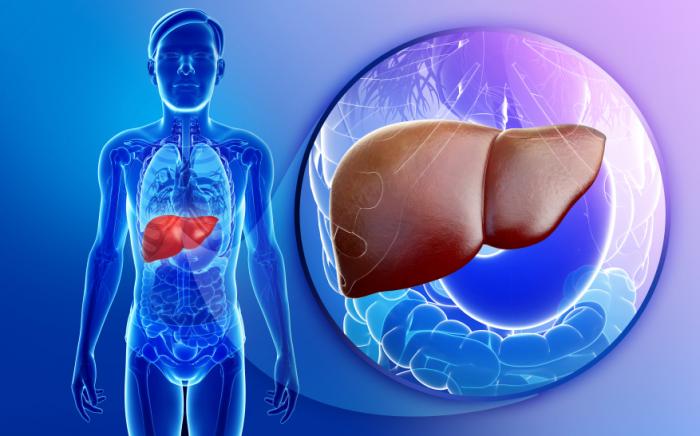
Portal hypertension is a complication that arises when scar tissue in the liver blocks blood flow. This causes increased pressure in the portal vein, which can lead to enlarged veins in the esophagus or stomach (varices), and dangerous internal bleeding. Symptoms may include vomiting blood or black, tarry stools. Treatment often involves medications, procedures to reduce pressure, or surgery.
Ascites is another complication of advanced liver disease. This condition involves the buildup of fluid in the abdomen, causing swelling and discomfort. It’s often accompanied by weight gain, bloating, and shortness of breath. Managing ascites may involve dietary changes, diuretics, or drainage procedures, depending on the severity.
 Mental health often suffers in people living with chronic liver disease. Depression, anxiety, and cognitive impairment can result from both the physical toll of liver dysfunction and the emotional stress of dealing with a long-term illness. Integrated care that includes mental health support is essential for managing liver disease holistically.
Mental health often suffers in people living with chronic liver disease. Depression, anxiety, and cognitive impairment can result from both the physical toll of liver dysfunction and the emotional stress of dealing with a long-term illness. Integrated care that includes mental health support is essential for managing liver disease holistically.
Liver disease can affect brain function through a condition known as hepatic encephalopathy. When the liver fails to filter toxins effectively, substances like ammonia accumulate and affect the brain. This can lead to confusion, personality changes, drowsiness, and in severe cases, coma. Prompt treatment is essential to reverse symptoms and prevent long-term damage.
 Liver transplants can be lifesaving for individuals with end-stage liver disease. The procedure involves replacing a diseased liver with a healthy one from a donor. Candidates must undergo extensive evaluation and be added to a transplant waiting list. Post-transplant care includes lifelong medication to prevent organ rejection and regular follow-ups to monitor liver function.
Liver transplants can be lifesaving for individuals with end-stage liver disease. The procedure involves replacing a diseased liver with a healthy one from a donor. Candidates must undergo extensive evaluation and be added to a transplant waiting list. Post-transplant care includes lifelong medication to prevent organ rejection and regular follow-ups to monitor liver function.
Alcohol-related liver disease (ARLD) remains one of the most preventable forms of liver damage. Long-term heavy drinking causes fat buildup, inflammation, and scarring in the liver. The progression from fatty liver to alcoholic hepatitis and eventually cirrhosis can often be reversed if alcohol use is stopped early, but becomes harder to treat in later stages.
 Women may face unique challenges with liver disease. For instance, hormonal fluctuations during pregnancy can worsen liver conditions, and diseases like autoimmune hepatitis are more common in women. Additionally, women may be more susceptible to alcohol-related liver damage than men, even with lower alcohol intake, due to biological differences in metabolism.
Women may face unique challenges with liver disease. For instance, hormonal fluctuations during pregnancy can worsen liver conditions, and diseases like autoimmune hepatitis are more common in women. Additionally, women may be more susceptible to alcohol-related liver damage than men, even with lower alcohol intake, due to biological differences in metabolism.
The liver has a remarkable capacity for regeneration. Even after significant damage, liver tissue can heal if the cause is addressed. However, this ability has limits—once scarring becomes extensive (as in cirrhosis), the liver can no longer fully regenerate. Early detection and intervention are key to preserving this regenerative power.
 Certain occupations can increase liver disease risk. People exposed to industrial solvents, heavy metals, and pesticides may be at higher risk for developing toxic liver injury. Protective gear and regular medical screenings are important for workers in high-risk industries like agriculture, chemical manufacturing, and dry cleaning.
Dietary choices significantly impact liver health. A diet rich in vegetables, lean proteins, whole grains, and healthy fats can reduce liver fat and inflammation. Foods like leafy greens, berries, nuts, and fish rich in omega-3s are liver-friendly. Avoiding processed foods, sugary beverages, and trans fats is essential for preventing or managing liver disease.
Certain occupations can increase liver disease risk. People exposed to industrial solvents, heavy metals, and pesticides may be at higher risk for developing toxic liver injury. Protective gear and regular medical screenings are important for workers in high-risk industries like agriculture, chemical manufacturing, and dry cleaning.
Dietary choices significantly impact liver health. A diet rich in vegetables, lean proteins, whole grains, and healthy fats can reduce liver fat and inflammation. Foods like leafy greens, berries, nuts, and fish rich in omega-3s are liver-friendly. Avoiding processed foods, sugary beverages, and trans fats is essential for preventing or managing liver disease.
 People with liver disease must take special care with medications. The liver processes most drugs, so impaired function can affect how medications are metabolized. This can lead to increased side effects or toxicity. Always consult a healthcare provider before starting new medications or supplements, especially with chronic liver conditions.
People with liver disease must take special care with medications. The liver processes most drugs, so impaired function can affect how medications are metabolized. This can lead to increased side effects or toxicity. Always consult a healthcare provider before starting new medications or supplements, especially with chronic liver conditions.
Travelers should be aware of liver disease risks, particularly in areas with poor sanitation. Hepatitis A and E are transmitted through contaminated food and water. Vaccination, hand hygiene, and safe food practices are vital for prevention. Those with existing liver disease are especially vulnerable to complications from hepatitis infections.
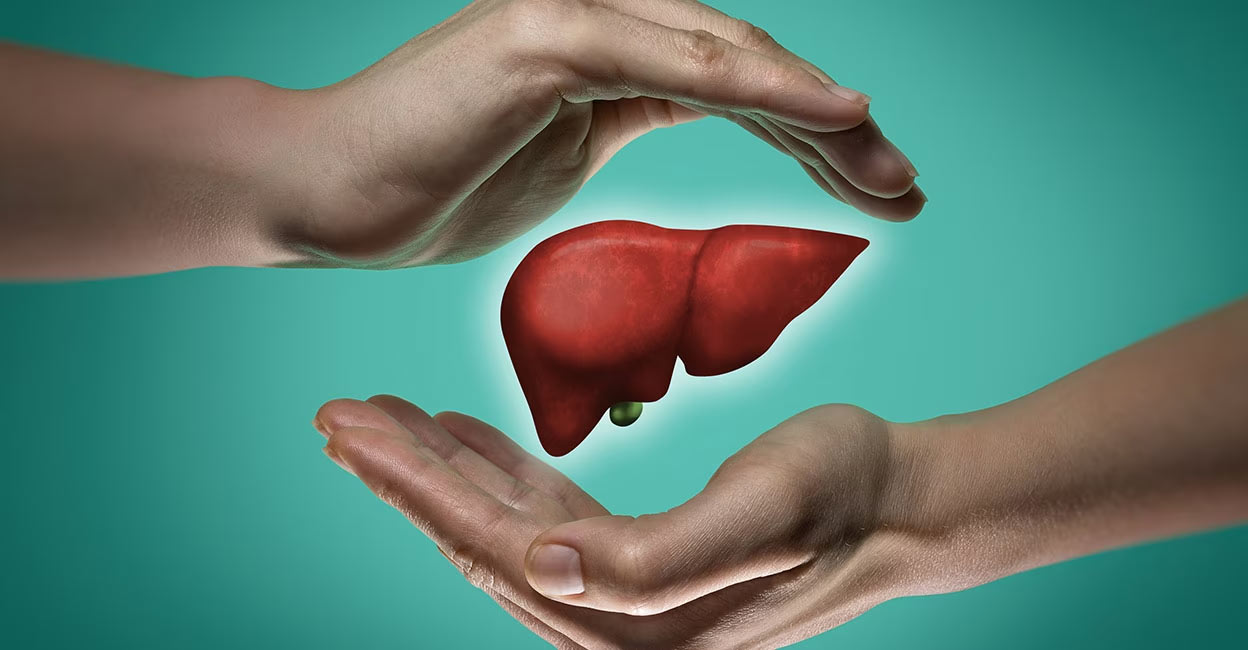 Liver disease contributes significantly to global health burdens. According to the WHO, liver-related conditions cause over 2 million deaths per year worldwide. Many of these deaths are preventable through vaccination, lifestyle changes, harm reduction, and access to early care. Tackling liver disease requires global health initiatives, public education, and healthcare access.
Liver disease contributes significantly to global health burdens. According to the WHO, liver-related conditions cause over 2 million deaths per year worldwide. Many of these deaths are preventable through vaccination, lifestyle changes, harm reduction, and access to early care. Tackling liver disease requires global health initiatives, public education, and healthcare access.
Liver fibrosis is the stage before cirrhosis where scar tissue begins to replace healthy liver cells. It can develop silently over time due to chronic inflammation or infections. Fibrosis can often be reversed if the underlying cause is treated early, highlighting the importance of regular screening for at-risk individuals.
 Support groups and community networks are vital for those living with liver disease. Dealing with chronic illness can be isolating, and emotional support plays a key role in overall well-being. Support groups provide education, connection, and encouragement to stay on track with treatment and lifestyle changes.
Pregnancy poses unique risks for women with liver disease. Some liver conditions can worsen during pregnancy, and others like intrahepatic cholestasis of pregnancy (ICP) are unique to pregnant women. Careful monitoring and coordinated care between obstetricians and hepatologists are essential to ensure the health of both mother and baby.
Support groups and community networks are vital for those living with liver disease. Dealing with chronic illness can be isolating, and emotional support plays a key role in overall well-being. Support groups provide education, connection, and encouragement to stay on track with treatment and lifestyle changes.
Pregnancy poses unique risks for women with liver disease. Some liver conditions can worsen during pregnancy, and others like intrahepatic cholestasis of pregnancy (ICP) are unique to pregnant women. Careful monitoring and coordinated care between obstetricians and hepatologists are essential to ensure the health of both mother and baby.
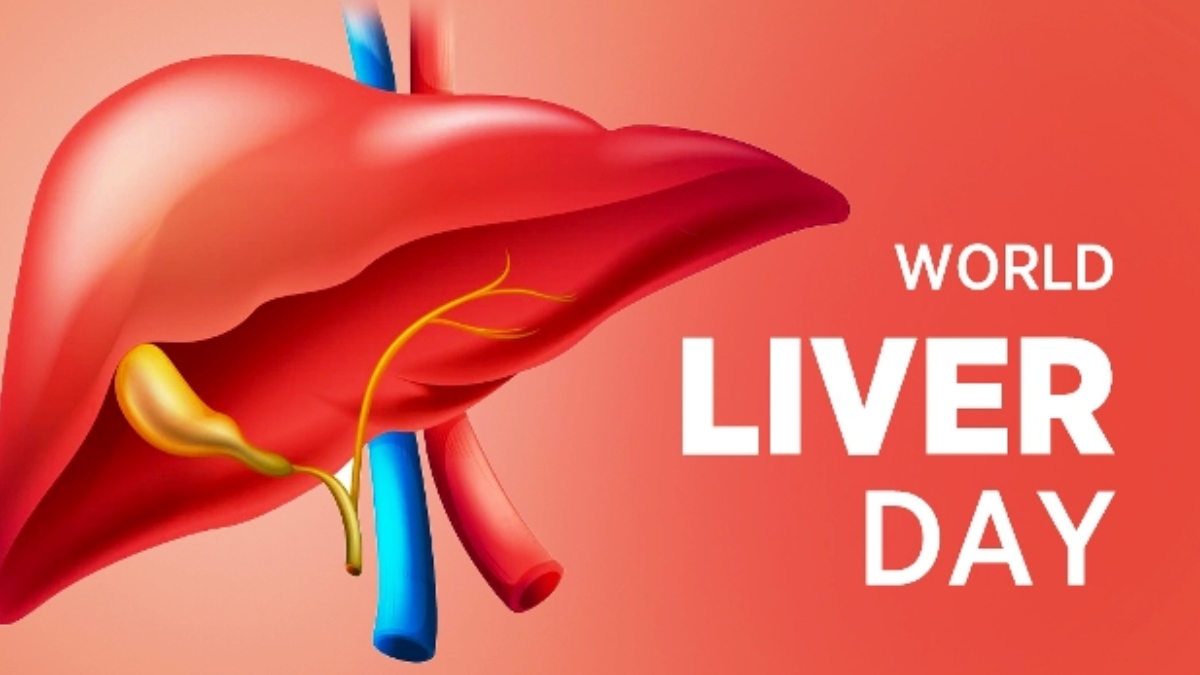 Environmental toxins can contribute to liver damage over time. Pollutants in water, soil, and air—such as arsenic, aflatoxins, and polychlorinated biphenyls (PCBs)—have been linked to liver toxicity and liver cancer. Environmental health initiatives and public regulations play a key role in minimizing exposure.
Environmental toxins can contribute to liver damage over time. Pollutants in water, soil, and air—such as arsenic, aflatoxins, and polychlorinated biphenyls (PCBs)—have been linked to liver toxicity and liver cancer. Environmental health initiatives and public regulations play a key role in minimizing exposure.
Early education and awareness campaigns can reduce liver disease in future generations. Teaching children and young adults about healthy eating, alcohol moderation, and the dangers of substance abuse lays the foundation for lifelong liver health. School programs, public health outreach, and family support all contribute to prevention efforts.